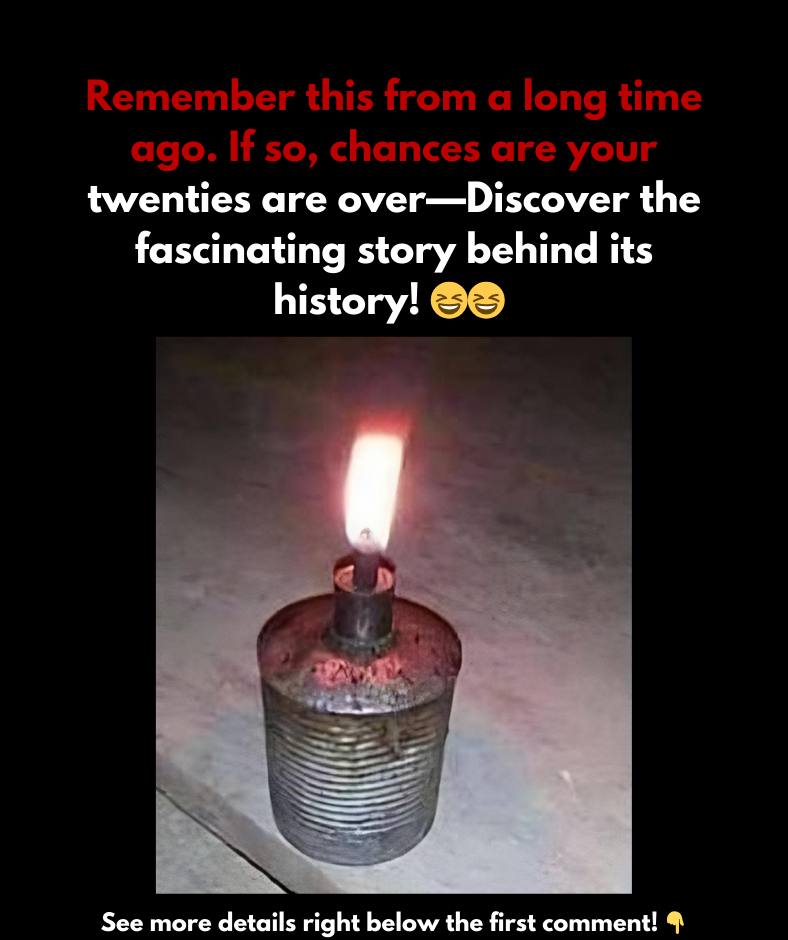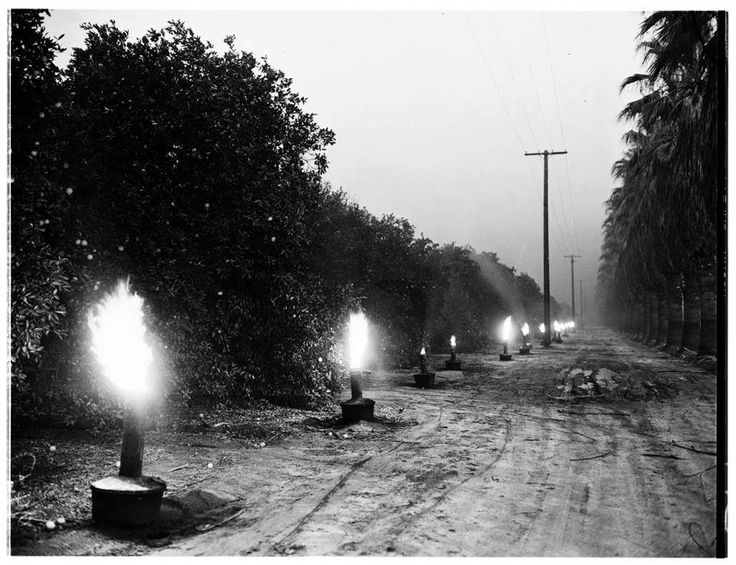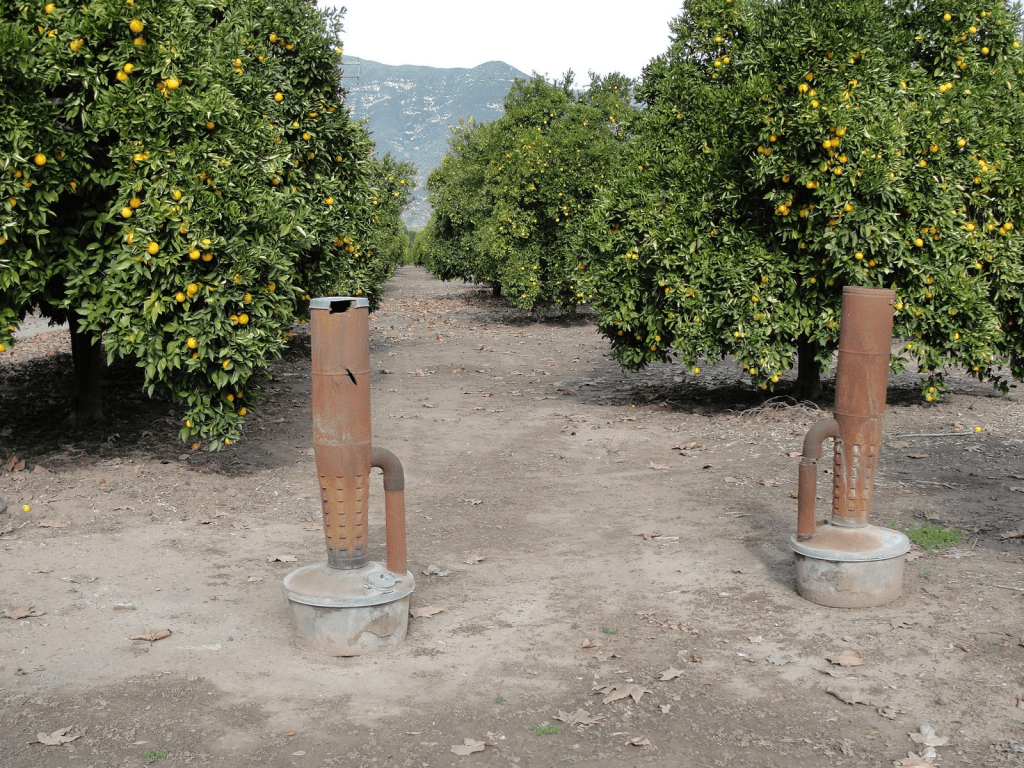In a world dominated by digital innovations, it’s easy to forget the simple yet ingenious tools that shaped our history. One such relic is the smudge pot, a fascinating device that evokes nostalgia for a bygone era. Whether you recognize it as a heating tool for orchards or a makeshift beacon for construction sites, the smudge pot’s legacy is a testament to human ingenuity. If the name rings a bell, chances are you’ve crossed the threshold of your twenties and are well-acquainted with the charm of vintage utility.
What Is a Smudge Pot? A Blast from the Past

A smudge pot, sometimes called a “choofa” in Australia, is an oil-burning device originally designed to protect fruit orchards from frost damage. Its simple construction—a round base with a chimney rising from the center—produces heat, smoke, and water vapor when fueled by oil. Farmers placed these pots strategically between trees during cold spells, creating a barrier of warmth to shield crops from freezing temperatures.
While it might seem antiquated today, the smudge pot was a game-changer in agriculture during the 20th century. Its smoky plumes were as iconic as the orchards they protected, a vital tool for farmers who relied on their harvests to make a living.
The Invention of the Smudge Pot: A Historical Perspective
The origins of the smudge pot trace back to 1907, when inventor Willis Frederick Charles “W.C.” Scheu designed a more efficient heating solution for orchards. Based in Grand Junction, Colorado, Scheu’s invention addressed the limitations of open fires. By 1911, he had established the Scheu Manufacturing Company in Upland, California, which mass-produced these orchard heaters.
The smudge pot gained widespread popularity after a devastating freeze in Southern California in 1913, which wiped out an entire crop. Farmers quickly adopted Scheu’s invention to mitigate such losses in the future. Despite its success, the use of smudge pots began to decline in the 1970s due to rising oil prices and growing environmental concerns.
How Smudge Pots Work: From Smoke to Warmth
The operation of a smudge pot is as straightforward as its design. Oil is burned within the pot, and the resulting heat and smoke rise through the chimney. The smoke plays a dual role: creating a protective layer of warmth and limiting heat loss by reducing radiant cooling.
In Australia, these devices earned the nickname “choofa” due to the rhythmic “choofa choofa” sound they produce when lit. Lighting a choofa was a delicate task. A burning rag placed near the fuel tank’s damper would ignite the oil, creating a draft that fueled the flame. Once the pot reached a steady burn, the damper was adjusted to maintain consistent heat.

A Multitude of Uses: Beyond Agriculture
While the smudge pot is most famously associated with orchards, its versatility made it indispensable across various industries:
- Road Safety
Smaller smudge pots, often called “highway torches,” were used as warning lights for nighttime roadwork. Before battery-powered safety blinkers, these pots provided much-needed illumination for drivers navigating construction zones. - Construction Sites
Workers relied on smudge pots to keep warm during chilly conditions, using their steady heat to combat the cold on building sites. - Emergency Landing Strips
In remote airfields without electric runway lights, smudge pots acted as a series of makeshift bonfires, guiding pilots to safe landings. - Military Applications
During World War II and the Vietnam War, smudge pots served as defensive tools. Their thick, black smoke obscured targets, protecting valuable assets from enemy attacks. In Vietnam, these pots were even used to disrupt laser-guided bombs by diffusing the laser’s targeting beam.
Cultural Significance: The Smudge Pot as a Symbol
Beyond its practical applications, the smudge pot found its way into cultural traditions, particularly in Southern California. It became a coveted trophy in high school football rivalries:
- Bonita High School vs. San Dimas High School: These schools compete annually for a silver-plated smudge pot, a nod to the region’s agricultural roots.
- Redlands High School vs. Redlands East Valley High School: Their fierce rivalry culminates in the “Smudge Bowl,” with teams vying for a blue-and-red smudge pot.
These traditions highlight the smudge pot’s lasting legacy, transforming it from a tool of necessity to a cherished emblem of community pride.

The Decline of the Smudge Pot
The smudge pot’s reign came to an end as environmental concerns and technological advancements rendered it obsolete. The rise in oil prices during the 1970s made it an expensive solution for frost protection, while its thick, oily smoke raised alarms about air pollution.
Modern alternatives, such as wind machines and sprinklers, have since replaced smudge pots in orchards. These methods are not only more environmentally friendly but also more efficient, ensuring that crops remain safe without compromising air quality.
A Nostalgic Look Back
For those who remember the smudge pot in action, its significance extends beyond functionality. It represents a simpler time when innovation was born out of necessity, and every tool had a story to tell. Whether you recall the choofa’s rhythmic hum or the sight of smoky plumes rising over an orchard at dawn, the smudge pot holds a special place in the hearts of those who lived through its heyday.
Conclusion: A Legacy That Lingers
The smudge pot may no longer be a common sight, but its impact on agriculture, industry, and even cultural traditions remains undeniable. It’s a symbol of resilience, ingenuity, and community—a reminder of how something as humble as an oil-burning device could shape entire livelihoods.
So, if you remember the smudge pot, chances are your twenties (and maybe a few more years) are behind you. But that’s not a bad thing—it means you’ve witnessed a piece of history that continues to inspire and connect us to the past.


